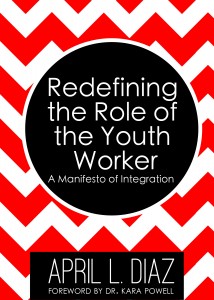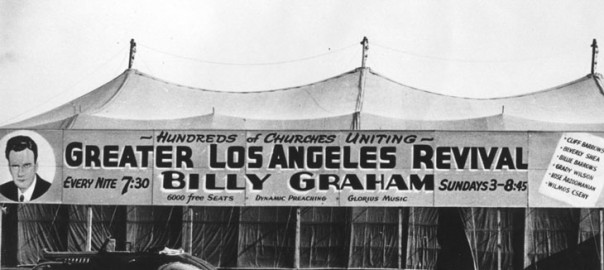Just as a body, though one, has many parts, but all its many parts form one body, so it is with Christ. For we were all baptized by one Spirit so as to form one body—whether Jews or Gentiles, slave or free—and we were all given the one Spirit to drink. Even so the body is not made up of one part but of many.
I’ve taught on this passage dozens of times. The Pauline epistles make allusion to it a number of times. Reading Paul’s writings you are left with the impression that this illustration was part of the stump speech he delivered everywhere he went.
Paul also encourages his protege, Timothy, with this, “Don’t let anyone look down on you because you are young, but set an example for the believers in speech, in conduct, in love, in faith and in purity.” (1 Timothy 4:12)
So…
- Paul tells Timothy that age isn’t the deciding factor for wholeness for individuals in the church.
- Paul tells the church, over and over again, that wholeness in the church involves everyone in the congregation.
And somehow in the 20th century we decided that the best way to live that out was to segregate all the ages?
Yeah, that doesn’t make sense.
Stick with me. I’m not out to body slam youth or children’s ministry. I promise-ish.
Memory Lane
Modern youth ministry took root in post-World War II America. We were in kind of a collective Post-Traumatic Stress period as a country because every family had been impacted by the war. On top of that, the emergence of the middle class fostered the sudden creation of teenage culture.
These two factors came on so hot & fast that the local church struggled to know what to do.
Sunday School started in the 19th Century and had taken root in congregations… but, for the most part, worship services were integrated across the age spectrum. (In other words, there was a moment of age separation but also a moment where the congregation came together.)
But, churches found, this wasn’t working well with teenagers.
What was obviously working well was the parachurch ministries. Things like Younglife, Youth for Christ, Campus Crusade, and others took off in popularity. They were gathering a certain spectrum of the population that the church missed.
This was (and is) a very good thing.
Largely in the 1960s, the church started to mimic what the parachurch ministries were doing. Many churches hired staff from these parachurch ministries because they wanted to integrate what Younglife or YFC was doing into their congregations. And that was a good thing.
But this is really where the idea of what we refer to as church-based youth ministry got going. As that matured over the 1960s, 70s, and 80s, the idea of an age-specific ministry to teenagers really got codified into our thinking. The way teenagers were reached through the local church became more and more a specialized ministry, often with it’s own identity and set of values but meeting at the host church.
So that’s how we got where we are at with the idea that youth ministry done well is somehow a separate ministry.
The Course Correction
I don’t look at our shared history with regret. So much good is being done and was done. But we are at the point where we need to re-awaken to some realities.
- Youth group, as it’s been codified as a separate ministry within the church, only works for a small percentage of teenagers in any given community. Even the largest youth ministries in the country each reach a small percentage of the students within their congregations reach. (I’m not suggesting youth group stop, just that it become part of our youth ministry instead of the end all, be all.) It’s just a statistical reality that roughly 100,000 youth workers in America cannot reach the 224,000,000 teenagers.
- Adolescent youth culture is so segmented at this point that it’s impossible to think of a single ministry reaching a theologically appropriate level of teenagers. The answer can’t be a bigger program. The only way to reach more is to diversify and control less. In other words, to reach a theologically appropriate level of teenagers the local church has to “deputize” more than just the people who work in the youth group.
- The church has matured and stands ready to integrate ministering to teenagers into the general mission of the church. We simply aren’t in the same place, culturally, that we were in the 1940s-60s. We, as the body of Christ, do know what to do. We are well aware of youth culture. And hundreds of thousands of Christians have dedicated their lives to investing in teenagers. (Vocationally, as volunteers, etc.)
So, is the youth room making your church sick?
 Maybe. But I’m suggesting that the youth room is part of the problem and part of the cure, too. (Does that make youth group the vaccine in this metaphor?)
Maybe. But I’m suggesting that the youth room is part of the problem and part of the cure, too. (Does that make youth group the vaccine in this metaphor?)
Yes, we need some level of course correction. The church needs to take seriously the lessons Sticky Faith teaches. (April Diaz’s book, Redefining the Role of the Youth Worker is a case study in how her church went through this course correction, moving from a youth pastor to a Student Integration Pastor.)
And yes, we need to keep ministering to the population of the church for whom youth group works.
But more than anything… we need to get serious about encouraging and “deputizing” everyday youth workers in our midst whose lives already revolve around teenagers.

Leave a Reply